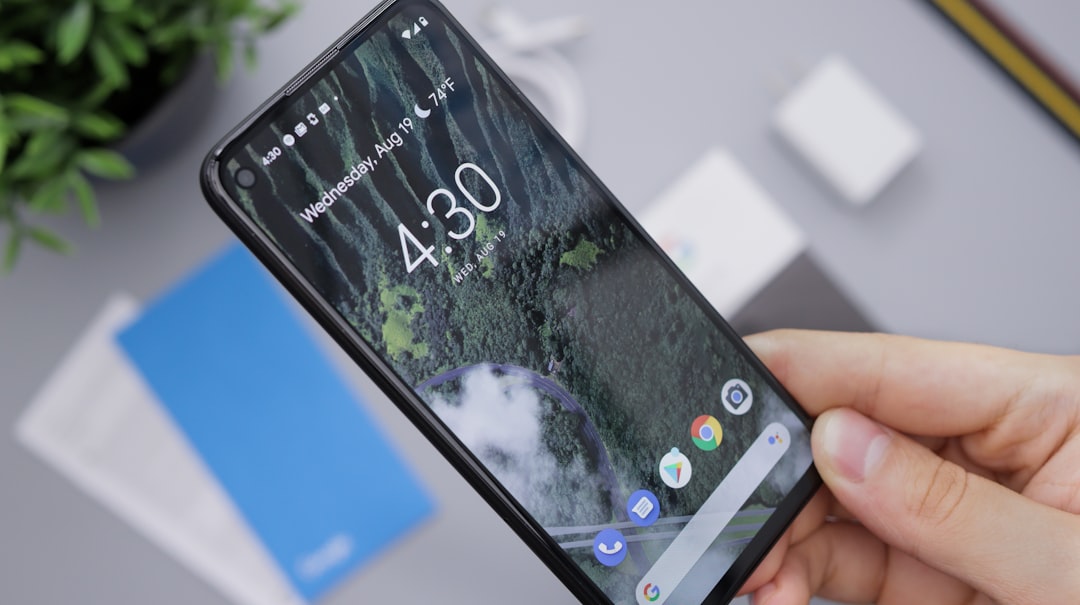In the digital age, your personal branding website is often the first place people go to learn more about you. Whether you’re an entrepreneur, freelancer, job seeker, or creative professional, having a well-optimized website is crucial for standing out in a crowded online space. One of the most effective ways to boost your visibility and attract potential clients, employers, or collaborators is by optimizing your personal branding website for search engines.
In this blog post, we’ll share essential SEO tips that will help drive traffic to your website and ensure that it ranks higher in search results, making it easier for people to discover you and your expertise.
Why SEO Matters for Your Personal Branding Website
Search engine optimization (SEO) is the practice of improving your website so that it ranks higher in search engine results pages (SERPs). When people search for terms related to your skills, services, or industry, you want your website to appear on the first page of results. Ranking higher increases your chances of being discovered, establishing credibility, and ultimately driving more traffic to your site.
The beauty of SEO is that it doesn’t require a large advertising budget—it’s about making your website more visible to search engines and your target audience. When done right, SEO is one of the most effective long-term strategies for growing your personal brand.
1. Optimize Your Website’s Content
The content on your website is one of the most important factors for SEO. Search engines like Google prioritize websites that offer valuable, relevant, and high-quality content. Here’s how you can optimize your website content for SEO:
a) Use Relevant Keywords
Start by identifying keywords related to your industry, skills, and services. Think about what terms potential visitors might use to search for someone like you. For example, if you’re a freelance graphic designer, relevant keywords could include “freelance graphic designer,” “brand design services,” or “creative branding solutions.”
Once you’ve identified your target keywords, use them naturally throughout your website content—on your homepage, in blog posts, portfolio descriptions, and even your about page. Avoid keyword stuffing (overloading your content with keywords), as this can negatively impact your ranking.
b) Write Engaging and Informative Content
Search engines favor content that is valuable to users. Writing high-quality, informative blog posts, articles, or case studies can help position you as an expert in your field. This also gives you more opportunities to target additional keywords and provide more content for search engines to index.
Consider writing blog posts on topics that your target audience is searching for. For example, if you’re a business consultant, you could write posts like “How to Build a Strong Brand” or “Top Marketing Strategies for Startups.”
c) Include Alt Text for Images
Search engines can’t “see” images, but they can read the text associated with them. By including descriptive alt text for each image on your website, you help search engines understand the context and relevance of the images. This also improves accessibility for visitors who use screen readers.
d) Create an Engaging About Page
Your about page is an important opportunity to tell your story and make a connection with visitors. It’s also a great place to include relevant keywords that describe your personal brand, skills, and experience. Be sure to include a compelling bio, professional accomplishments, and any other details that reflect your expertise.
2. Improve On-Page SEO
On-page SEO refers to the optimization of elements within your website that can directly impact its search engine ranking. Here are key areas to focus on:
a) Title Tags and Meta Descriptions
Each page on your website should have a unique title tag and meta description. These elements tell search engines what the page is about and encourage people to click when they see your page in search results.
- Title Tags: Keep title tags concise (around 60 characters) and include relevant keywords. For example, “Freelance Graphic Designer | Branding & Design Services.”
- Meta Descriptions: Write compelling meta descriptions (150-160 characters) that summarize the page’s content and include relevant keywords. This is the brief text that appears below your page title in search results.
b) Use Header Tags (H1, H2, H3)
Header tags help structure your content for both readers and search engines. The H1 tag is typically reserved for the page title, while H2 and H3 tags are used for subsections of content. Organize your content with these header tags to make it easier for search engines to understand the hierarchy of information.
c) Optimize URLs
URL structure matters for both user experience and SEO. Ensure your URLs are simple, descriptive, and easy to read. For example, instead of using a URL like www.yoursite.com/page1, use something like www.yoursite.com/about-me. This helps search engines understand what the page is about, and it’s more user-friendly.
3. Enhance User Experience (UX)
A great user experience is essential not only for visitors but also for SEO. Google’s algorithm takes into account how users interact with your site, so making sure your website is easy to navigate and provides a seamless experience is important.
a) Mobile-Friendly Design
With the majority of web traffic coming from mobile devices, it’s essential to have a mobile-friendly website. Google uses mobile-first indexing, which means it ranks websites based on their mobile version. If your website isn’t optimized for mobile, it will negatively affect your SEO. Make sure your site is responsive and loads quickly on all devices.
b) Improve Site Speed
A fast-loading website enhances the user experience and improves SEO. Slow-loading pages can lead to higher bounce rates, which can hurt your rankings. To optimize your site speed:
- Compress images to reduce file sizes.
- Use a content delivery network (CDN) to speed up content delivery.
- Minimize unnecessary scripts or plugins that slow down your site.
4. Build Quality Backlinks
Backlinks (links from other websites pointing to yours) are an important ranking factor in SEO. They act as a vote of confidence, telling search engines that your website is trustworthy and authoritative. Here’s how to build backlinks:
- Guest Post on Relevant Blogs: Write guest posts for reputable blogs in your industry. Include links to your website in your author bio or within the post itself.
- Collaborate with Others: Partner with other professionals or influencers in your industry to get featured on their websites or social media profiles.
- Submit Your Website to Directories: Submit your personal brand website to industry-specific directories and listing sites.
5. Use Local SEO for Better Visibility
If your personal brand or business targets a specific location, local SEO can help you attract nearby clients or employers. To optimize for local search:
- Include location-based keywords in your content (e.g., “freelance graphic designer in [City Name]”).
- Create a Google My Business profile to improve your visibility in local search results.
- Ensure your name, address, and phone number (NAP) are consistent across your website and other online listings.
6. Monitor Your SEO Progress
SEO is an ongoing process, and it’s important to track your website’s performance. Use tools like Google Analytics and Google Search Console to monitor your traffic, keyword rankings, and other important metrics. These tools can help you identify what’s working and what needs improvement.
Conclusion
Optimizing your personal branding website for SEO is essential for driving traffic and increasing visibility. By implementing the strategies outlined in this post—optimizing your content, improving on-page SEO, enhancing user experience, building backlinks, and utilizing local SEO—you can ensure that your website ranks higher in search results and attracts the right audience.
SEO is a long-term investment, but the results can pay off by boosting your credibility, driving more traffic to your site, and helping you build a stronger personal brand online. Start optimizing today, and watch your online presence grow!










0 Comments